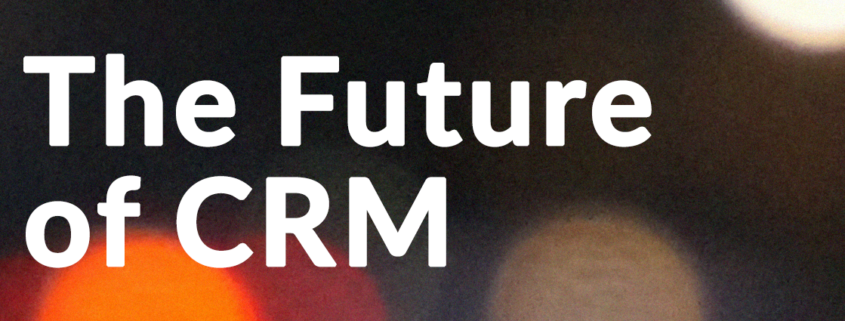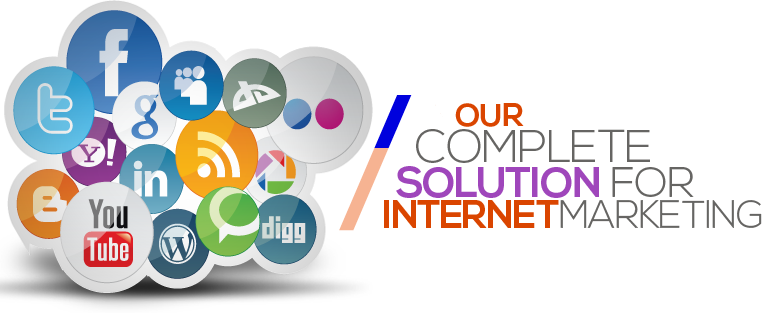What is the Future of CRM?
With CTI, organizations could information dunk into their CRM pool of information. Thus, the CRM could perform advanced capacities.
Present day call focuses require a great deal more than telephones. Today, clients cooperate with organizations in confused and element ways. Email, talk and an assortment of online networking channels go about as various purposes of contact for organizations. It’s sensible to think the eventual fate of the business is a one-stop cloud contact focus shop. What’s more, it begins with a CRM.
What is a CRM?
CRM remains for Customer Relationship Management. Today, individuals utilize the term informally to mean a storehouse for client data and collaboration. A CRM stage associated clients and organizations. It encourages stores, measures, and reports on business exercise crosswise over offices including deals, client administration, advertising and IT verticals.
In 1999, previous Oracle representative Marc Benioff made the cloud organization Salesforce. From that point forward, it has turned out to be synonymous with CRM. The stage picked up a reputation as a cloud-based foundation for advancement and authoritative mechanization. Not at all like its antecedents, Salesforce could execute cross-organization business capacities without the requirement for on preface serves and gigantic equipment. Taking a PaaS (Platform as a Service) way to deal with the market, Salesforce permitted designers to get to its code and make multitenant add-on applications. The outcome was a billion-dollar development economy that keeps on developing.
Before Cloud
Before the cloud CRM origin, organizations normally put away and associated client data all alone servers. Deals administrators would gather and accumulate exceed expectations sheets on leads, prospects, and clients and store them in envelopes inside their organization’s servers. They’d make manual reports to break down quarterly efficiency and decide everything from aggregate income to future asset designation. Correspondingly, advertising directors, client benefit administrator and IT supervisors made their own reports, arranges and battles through dreary manual procedures. Officials invested gobs of energy dealing with information.
In like manner, correspondence and cooperation were dreary. Reports, evaluations and inner solicitations obstructed email inboxes. What’s more, apparatuses to help with the creation, administration, dissemination and examination of crusades required a few redundancies and manual changes.
The Phone Barrier
Of the manual everyday procedures representatives persisted before, many fixated on telephone calls. Contact focus operators needed to handle requests, returns and grievances, enlist that data into a database and afterward scatter the subtle elements to different gatherings inside the organization (e.g. arrange satisfaction, technical support, client relations). When accepting inbound calls, operators would need to deal with their records to find any past client cooperation logs and physically course the guest to the right office.
On the outbound side of the business, deals reps needed to organize their leads for the day, physically dial-out to each prospect, take notes on each client connection and flow the data to colleagues.
What is CTI?
With the arrangement of the cloud CRM, organizations at long last had a database that could house all that they expected to maintain a business. In any case, there was still a data crevice. The CRM was a storage facility for client information, however, to make that learning noteworthy it required more devices; particularly it required PC communication reconciliation or CTI.
Organizations who put resources into Salesforce had the advantage of a framework that could run reports, log subtle elements and grandstand data crosswise over divisions. The stage additionally had applications that could arrange data naturally through such advanced channels as email, site treats, live visits, and web-based social networking. This incredibly diminished authoritative work and enhanced the client encounter. Be that as it may, manual information was still a piece of the procedure.
Amid an inbound call, operators/reps still needed to scan for client points of interest in the CRM. After a call, specialists/reps still needed to enter new client data.
At that point, CTI applications became possibly the most important factor. Engineers constructed programming with application program interfaces (APIs) that could make telephone stations locally in Salesforce. The idea was straightforward – add the telephone to the CRM.
The Emergence of the Cloud Contact Center
The CTI telephone framework’s essential shape permitted clients to program their telephone numbers into a dial cushion inside Salesforce. The telephone could then make an extension amongst outbound and inbound calls, the Salesforce database and operators favored gadget (work area, versatile or PC telephone). The outcome was a bound together and for the most part mechanized dashboard for all telephone based business operations. No more exceed expectations sheets. Not any more manual announcing. A total cloud contact focus.
With CTI, organizations could information dunk into their CRM pool of information. Therefore, the CRM could perform propel capacities, for example,
Softphone
Click-to-dial
Automatic dialing
Screen-pop
Local Presence
Voicemail Drop
Hot Desking
Automatic call logging and Recording
Interactive Voice Response (IVR)
Skills-based Routing
Intelligent Routing
Centralized and Simplified Call Reporting
Inside View of Multiple / Global Call Centers
Simple Authentication of the Caller
Access to Market-leading Technology
The Future of CRM
Most organizations still have compartmentalized offices with particular occupation capacities related to the telephone. Silo’s workplaces have administrators that buy apparatuses unequivocally for their specialty. Inside deals delegates buy CTI for their business needs and client benefit operators utilize it for their administration needs. Be that as it may, the eventual fate of CTI lies in its capacity to arrange data on clients crosswise over various divisions and channels. Deals people that can comprehend their clients’ past administration collaborations, and the other way around, remain to profit by a more customized client encounters.
Sales and services are essentially highlights that can be turned on and off inside the smart correspondence stage. Comprehensively, the stage is a telephone/PC/database with difficult abilities.
As an API that works on information in the CRM, the CTI apparatus can be utilized with different applications to enlarge the framework promote. For instance, a geo-information mapping capacity could work with the CTI framework in the CRM to figure out which geographic locale had the most potential esteem. The telephone could then move certain business operators’ lead records to concentrate on high-need areas for prospecting. Add prescient AI components to the blend, and there is potential for monstrous benefit and colossal jumps in the client encounter.
A cloud contact focus with CTI can do a great deal to enhance the client encounter. The innovation in the background may appear to be befuddling, yet the takeaways are straightforward – less managerial undertakings, less equipment, higher income and more noteworthy consumer loyalty.
In the event that you are searching for devices and applications to help your business, investigate your CRM and CTI choices plan demos and counsel with your organization pioneers. There is a great deal this innovation could do to enhance your business – a lot to cover in one article. In any case, training is the initial step.





































